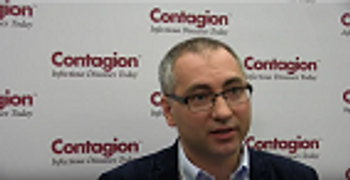
Andrea Endimiani, MD, PhD, professor at the Institute for Infectious Diseases at the University of Bern, Switzerland, discusses how scientists can neutralize the mcr-1 gene.

Andrea Endimiani, MD, PhD, professor at the Institute for Infectious Diseases at the University of Bern, Switzerland, discusses how scientists can neutralize the mcr-1 gene.
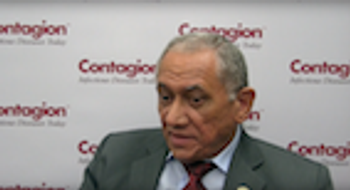
Pedro Fernando da Costa Vasconcelos, MD, PhD, director of WHO Collaborating Center for Arbovirus and Research, Evandro Chagas Institute, explains how the Zika virus affects fetuses of infected pregnant women.

Justin R. Anderson, PhD, associate professor of biology at Radford University, describes his research on the effects of endocrine disrupting chemicals on mosquito-borne viruses.
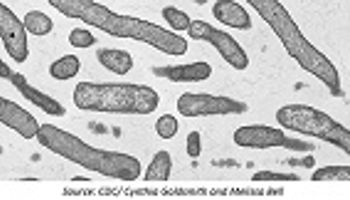
During a session at the ASM Microbe 2016 conference on Monday, June 20, 2016, a Centers for Disease Control and Prevention officer presented data on the investigation of the Elizabethkingia anophelis outbreak that started in Wisconsin and spread to two other states.
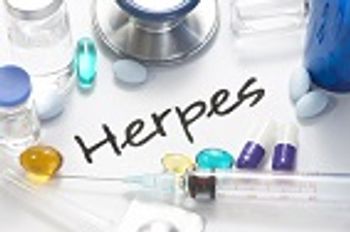
A therapeutic vaccine for genital herpes has the potential to reduce viral activity as well as decrease the number of days of recurrent herpes, as observed in a phase II clinical trial.

Kirk Hevener, PharmD, PhD, explains the importance of narrow-spectrum antibacterial targets.

Romney Humphries, PhD, D(ABMM), discusses new technologies to detect antimicrobial susceptibility and resistance that are currently under production.

Craig Rubens, MD, PhD, co-founder and executive director of GAPPS at Seattle Children’s Hospital, describes the current disease burden of neonatal infections across the globe.
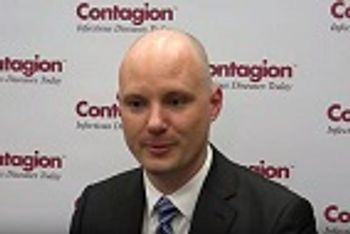
Andrew Chasteen from Accelerate Diagnostics, Inc, explains Morphokinetic Cellular Analysis (MCA) and how it differs from other analyses.

Prof. Andrea Endimiani, MD, PhD, from the Institute of Infectious Diseases at the University of Bern, Switzerland, explains which pathogens are most affected by the colistin resistant mcr-1 gene.
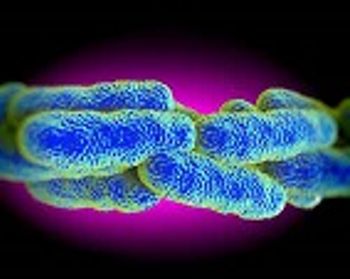
Research conducted by the Flint Water Study team at Virginia Tech revealed that DNA marker levels for Legionella in the city’s water supply has decreased since October 2015.